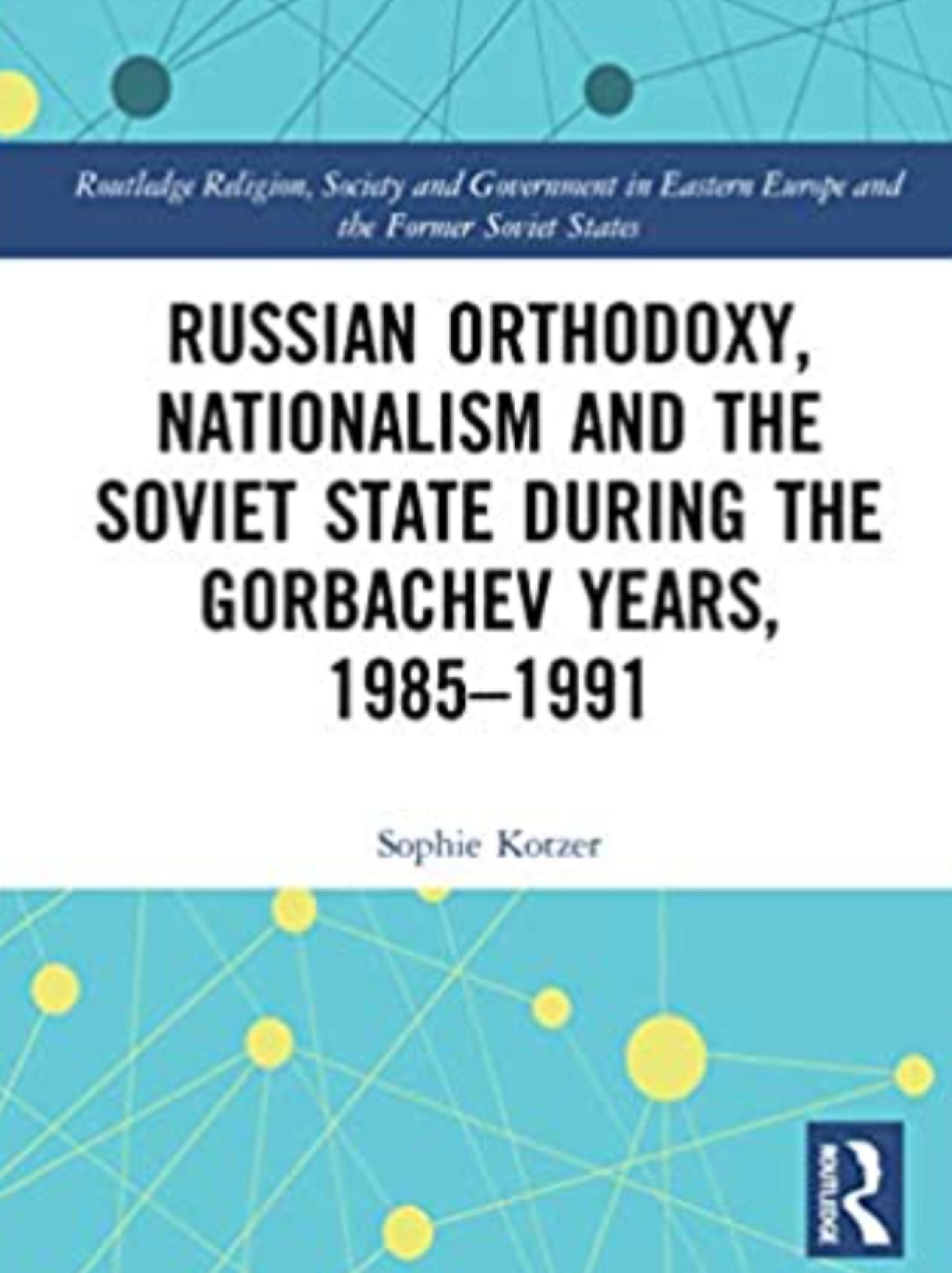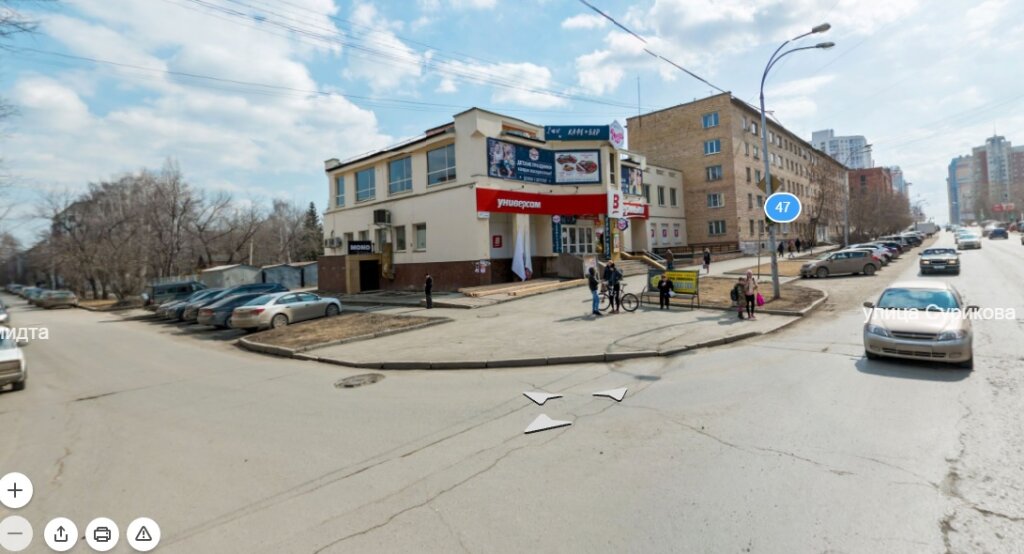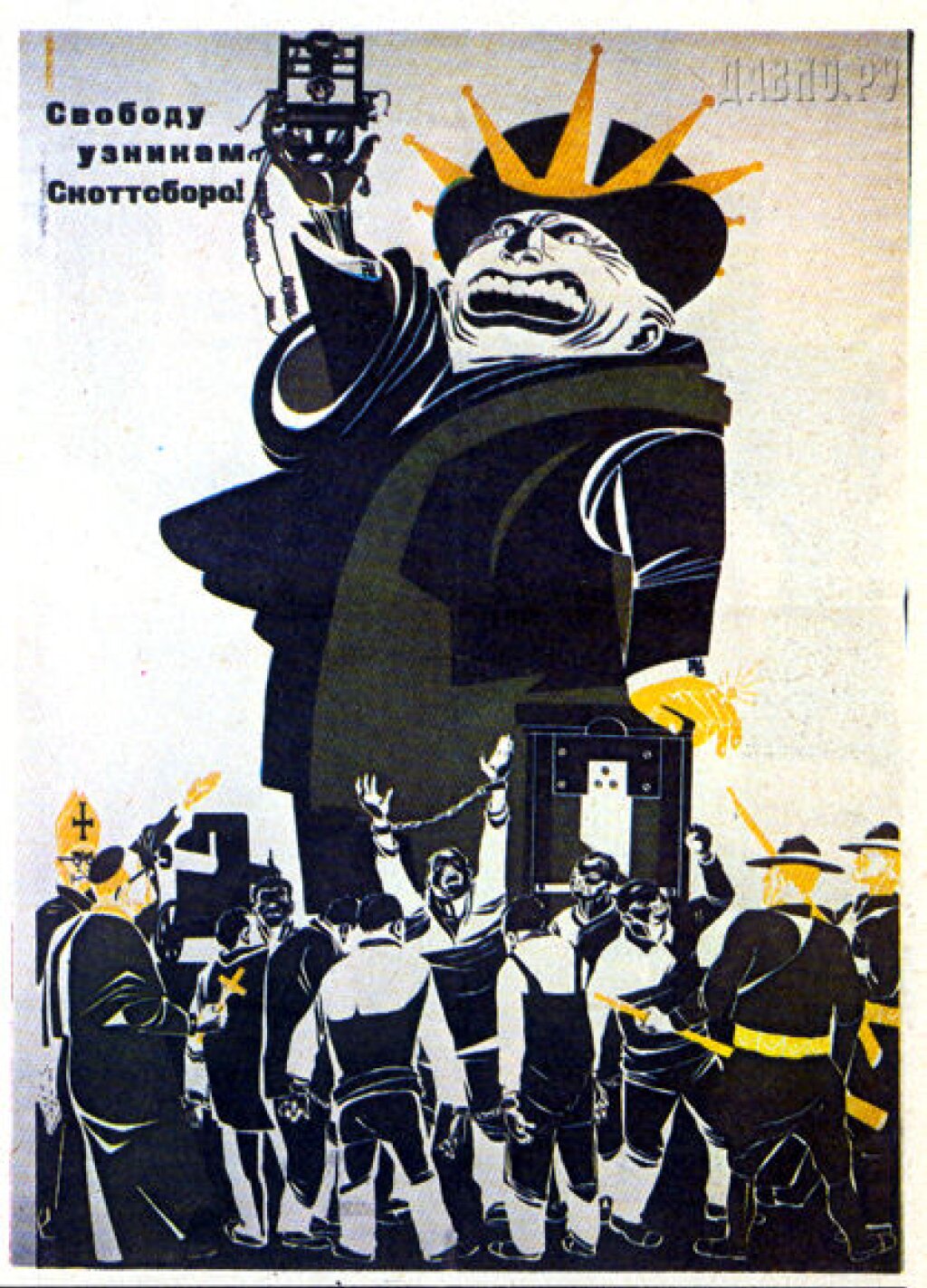Riley Hester is an MA student in the Department of Russian and Slavic Studies at NYU specializing in International Relations
Sophie Kotzer’s Nationalism and the Soviet State During the Gorbachev Years, 1985-1991 (Routledge, 2021) examines the changing relationship between the Russian Orthodox Church (ROC), the state, and society through the tumultuous years of Gorbachev’s perestroika and glasnost reforms. Throughout Russia's long history, the ROC has been an integral part of cultural identity and social consciousness, which naturally pulled it into the identity discourse of the Gorbachev years.
Through an intensive review of scholarly literature, primary legal and liturgical documents, and, in the latter chapters, news media, Kotzer charts the initially tenuous position of the ROC during a period of general liberalization and greater religious freedom. This work is principally a historical account of social and political discourse, which it ably situates within the particular historical moment of the Gorbachev era. Kotzer begins by discussing pre-revolutionary religious activity, which periodically reemerged throughout the Soviet era. This prehistory is essential to helping the reader understand the complexities of Russian church-state relations. At the same time, even for a book that focuses on church-state relations during the Gorbachev era, it would have been useful to look ahead to the relationship of Russian nationality to church-state discourse in the present day. Coverage of this topic is, however, limited to a short and rather isolated section of the concluding chapter.
Kotzer’s book consists of three parts. The introduction and Chapter 1 cover historical and cultural context; Chapters 2 and 3 focus on the relationship between the ROC and the state during the Gorbachev years; finally, Chapters 4 and 5 turn to the media as a representation of official and unofficial social discourse on changing church-state attitudes.
Following an introduction that provides background information on the Gorbachev period in late-Soviet history, Kotzer begins Chapter 1 by reviewing modern scholarly arguments on the nature church-state relations. She then turns to the historical relationship of these two entities in Russia, starting with the pre-revolutionary era. While, as a general rule, ideological and leadership changes engendered corresponding changes in official policy toward religion, Kotzer notes a continuity between the Lenin and Stalin eras. In the Krushchev and Brezhnev eras, Kotzer argues that this earlier continuity produced an unofficial discourse that regarded the ROC as a bastion of traditional culture and a repository of the "Russian idea," whose role was to act as a unifying authority. Kotzer carefully explores the nuances of the church-state relationship through the entire Soviet period, chronicling the ROC's expansions and contractions in response to the state's ideological goals. Of particular importance was an informal cultural revival under Brezhnev that reintroduced religion into the conversation around national identity.
Chapter 2 examines the Gorbachev-era legislative changes that heralded changes in the relationship between the ROC and the Russian state. In May-June 1988, the state helped organize and fund a celebration marking 1000 years since the Christianization of the Rus’ — a major turning point in Russian church-state relations. Prior to that event, a loosening of laws and regulations on religious practices had been put in motion. Though the Gorbachev government may have enacted these reforms in response to pressure from the West, especially the Vatican, Kotzer argues they benefited the last Soviet leader's domestic policy by showing a skeptical and weary intelligentsia that the Soviet Union was still capable of change. This change in attitude expressed itself not only through legal reforms, but also through a restructuring of those government institutions in charge of anti-religious propaganda. To the outside world, however, public events like the millennium celebration looked like a rapprochement between the ROC and the Russian state.
In Chapter 3, Kotzer considers changing church-state relations from the perspective of the ROC itself. Whereas her first two chapters discussed the Russian government's instrumentalization of the ROC throughout history, this section seeks to understand the ROC's motivations and inner workings. The relative sparseness of this section stems from the continued dearth of available materials: even as glasnost' opened many archives, Church documents which continue to be off-limits to scholars. Despite these limitations, Kotzer is able to find that, during the period under discussion, the ROC spent more money on foreign outreach than on internal programs, struggled to survive and grow amid increasing state restrictions and internal corruption, and floundered on the front of educating an appropriate number of clerics and scholars when the law finally permitted religious education. Even after legal reforms in 1990 that classified religious institutions as legal persons and granted freedom of religious practice and teaching, the ROC continued to focus its financial resources on building political influence rather than on social missions. This chapter sets the tone for Kotzer's later criticism of the ROC.
Whereas previous chapters focus on scholarly discourse and legal and liturgical documents to establish the relationship between the key actors and institutions within the system, Chapter 4 veers off into the world of media. The author follows four major Soviet publications: Sovetskaia Rossiia, Trud, Izvestiia, and Literaturnaia gazeta. Using an ideologically inflected photojournalism, all four of these publications followed the changing relationship between the ROC and the state. Prior to the millennium celebrations, official news coverage of Church events was quite limited. The millennium celebrations, however, inspired articles on the relationship between Soviet foreign policy interests and official policy toward the church. As the Church became a key player in Gorbachev’s plan to engage the intelligentsia in perestroika, official media began exploring the Church's evolving relationship to a political system that was itself in flux. Sovetskaia Rossiia especially heralded the Church’s role in strengthening and preserving Russian historical, cultural, and national memory, a discursive tack all four publications eventually adopted.
Alongside debates on the future of the Church in a changing Soviet society and the proper relationship of the state and ROC to practices of education and memory, the press also discussed the role of the Church in creating and maintaining national unity. The national question was of particular importance in the 1980s and 1990s, but received little official recognition by Party elites until the 1989 September Plenum of the USSR Communist Party Central Committee on the Nationalities Issue. The official press looked to the ROC as a tool for elevating Russian national identity and history while simultaneously unifying a plurality of national groups.
In Chapter 5, Kotzer investigates coverage from the alternative press — a category she distinguishes from earlier samizdat — on the ROC-state relationship, as well as unofficial perspectives on the Church's role in the post-communist future. Kotzer identifies several trends that emerged from the Russian nationalist revival of the 1960s and 1970s, which viewed Christianity and nationalism as inseparable. In the era of perestroika, radical informal groups, the all-Russian patriotic movement, monarchists, and Christian democratic groups all continued to emphasize the importance of Russian Orthodoxy to national identity, which they claimed had been compromised by the Moscow Patriarchate. Each of these four groupings believed that spirituality directly correlated with societal health, and that former Patriarchs had sold their allegiance to the state rather than forging personal connections with the people. In consequence, society, and the Church along with it, had undergone significant decay. In contrast to the official publications Kotzer discusses in the previous chapter, the alternative press was more conservative, more religious, and more prone to criticizing the ROC.
Russian Orthodoxy situates the relationship between the ROC and the state in a long history that predates the advent of the Soviet Union; analyzes the effects of Gorbachev’s reforms on this relationship; and explores official and unofficial discourses that arose during the ROC's revival. Her comprehensive treatment of the Gorbachev era sets the stage for future research that would analyze the continued evolution of church-state relations in the decades since Soviet collapse.



